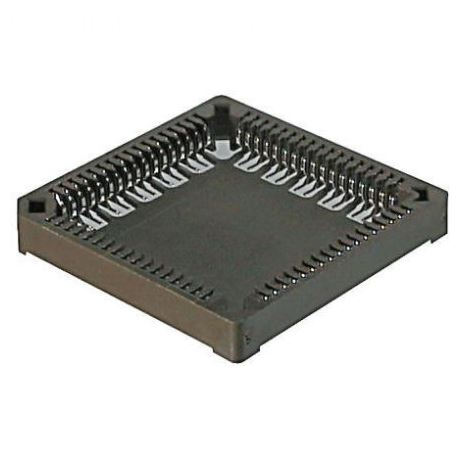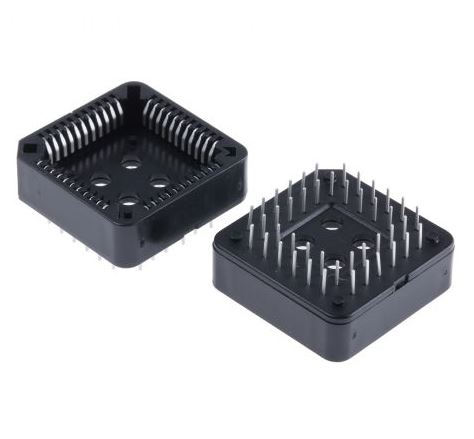In recent years, the film industry is facing the biggest change in a century-digitalization, which has gradually shifted from filming, production, distribution and screening to digitalization and networking. Since the digitalization of movie projection equipment at the beginning of this century, digital devices have been installed and used in nearly 10,000 screens worldwide. With the continuous advancement of digital projection technology, the pace of digitalization of theater equipment will become faster and faster. In response to the need for the digitization of cinema equipment, various standards organizations around the world have also developed standards related to digital cinema, the most representative of which is the "Digital Cinema System Specification" developed by the Hollywood Digital Cinema Initiative (DCI). The latest version of this specification is version V1.2 released in March 2008. Among them, there are also clear requirements for the audio system of digital cinema: "The digital cinema processor in the digital cinema audio system should receive digital audio from the playback server, and then convert it into an analog audio signal and distribute it to different speaker channels. .Requires that the processor can receive at least 16 channels of AES digital audio, at least also need to meet the current 5.1 channel of the movie (ie, left, right, middle, sub-low frequency, left surround, right surround), and can also meet 7.1 channel (than 5.1 added two main channels in the left center and right center), the remaining audio channels will be used for hearing and visually impaired auxiliary channels or the user can customize their functions. " The Influence of Digital Networked Theater Sound System on Cinema Operation After the cinema equipment is digitized and networked, the most important thing for cinema operations is the reliability of the equipment operation. The stable and reliable operation of the equipment is directly related to the theater operating income and the reputation and reputation of the theater. Whether it is a projection device or audio equipment, or even a lighting or screen system in the cinema, any failure in the link will affect the film's projection. Seriously, it will cause suspension or refunds, which directly affects the theater's operating income. The indirect impact is to create a bad impression on the audience, which affects the long-term operation of the studio. As the core of the cinema audio system, the cinema audio processor is even more important. Imagine if the audience is watching the film with all their attention, and suddenly the sound is gone, what will the scene be like? Therefore, for the cinema audio processor, the stability and reliability of the equipment are crucial, and for sudden failures, corresponding emergency measures must be taken to ensure the normal projection of the movie. In addition, in today's digitized and networked environment, the previous working mode of the theater is also facing changes. After the theater's projection and return equipment are all digitized, the theater has the technical basis of using the network to centrally control all the equipment in the projection room. There will be no need for too many projection staff, and only one person can sit in the central control room to complete the work that currently needs multiple people to complete. All movie theaters can show a time schedule for film projection, sound control, and light curtain control, which can then be operated regularly by the control computer. The projection staff only needs to monitor the working status of various devices in the central control room. As China's labor costs increase, this will also provide a new way for theaters to save operating expenses. Features of QSC digital cinema audio system QSC is a leader in the professional audio industry in the United States with a history of more than 40 years. It is committed to providing professional power amplifiers, theater speakers and professional sound reinforcement speakers, various digital audio processors, and complete network audio matrices for users around the world. Audio system solution. Its audio equipment in the cinema area has about half of the market share in the United States, and it is also a leader among imported brands in the Chinese market. This article will focus on the relevant situation of QSC theater products. Let everyone understand the different schemes of digital cinema. Cinema audio equipment mainly includes audio processors, speakers and amplifiers, and digital cinema is no exception. QSC is currently the only well-known manufacturer on the market that can provide users with complete digital cinema audio system solutions. This is one of the reasons why we chose QSC as an example. Let us first talk about the "heart" product-processor. In order to meet the needs of digital cinema construction, QSC first introduced the digital cinema processor DCP300 that can fully meet the DCI standard in 2009, which is the core of digital cinema solutions. The cinema audio system with DCP300 as the core has many outstanding advantages: Features of QSC digital cinema audio system 1. To fully consider the long-term interests of customers, the entire system is designed according to the latest DCI digital cinema system specifications, which not only meets the needs of current digital cinema audio systems, but also meets the needs of digital cinema audio systems in the next decade or even longer, To reduce the cost of theaters due to equipment upgrades. 2. Equipped with powerful digital signal processing (DSP) function, and built-in speaker parameter database, connect the theater processor and power amplifier through the data cable, thus greatly simplifying the installation, wiring and debugging process of the theater audio system. Users can directly call the speaker model and parameters during installation and debugging, and then make quick and detailed adjustments to the entire audio system and sound field according to the specific situation. 3. Network monitoring and management functions, staff can operate and manage all equipment through the network. Since the vast majority of commercial theaters are currently multi-hall theaters, theater staff need to manage all the equipment of the theater in a unified manner. Through the network, they can check the operation status of the equipment at any time in the computer room or in the manager ’s office Different permissions perform different operations. 4. For the first time, the concept of network audio transmission was introduced into the theater audio system. The CobraNet technology, which has been maturely applied in the sound reinforcement system, was used to establish the network audio transmission system of the theater, laying a good technical foundation for the centralized management and network management of the theater. 5. Integrate QSC's traditional superior products, such as theater speakers, theater amplifiers and theater processors into a complete system, provide customers with a comprehensive and seamlessly integrated system solution, and minimize post-equipment maintenance for customers cost.
Antenk PLCC Connectors Series Sockets are low profile, thin wall sockets designed to convert plastic leaded chips to a thru-hole PCB format on a .100" centerline grid.Antenk's superior precision stamped contact design provides consistent, high retention contacts for all size chips.
PLCC Connectors -PLCCSockets Plcc Socket,Plcc Connector,Plcc Socket Connector,Smd Plcc Connector,PLCC Connector DIP,PLCC Connector SMT ShenZhen Antenk Electronics Co,Ltd , https://www.antenk.com

A Plcc Socket is a component that connects a chip carrier to an electronic circuit via surface-mounting or through-hole technology.
Plastic leaded chip carriers (PLCCs) are used in surface-mount technology where electronic circuits are produced, and components need to be mounted or placed directly onto a printed circuit board (PCB). The chip carrier is placed in a PLCC socket, which is either surface-mounted or features through-hole technology. A specialised tool called a PLCC extractor is needed to remove the chip carrier from the PLCC socket.
What are PLCC sockets used for?
PLCC sockets are used in surface-mount device (SMD) and surface-mount technology (SMT) applications. PLCC sockets made of heavy gauge copper alloy are compatible in high shock / high vibration applications. PLCC sockets made of rolled-leaf copper are useful in low-cost computer applications.
Types of PLCC sockets
The two primary categories of PLCC sockets are:
Surface-mount PLCC sockets, which are used in devices sensitive to heat from the reflow process. These allow for component replacement without redesigning or reworking the entire PCB.

Through-hole technology PLCC sockets are necessary when a device requires stand-alone programming with flash drives or memory devices. These are also beneficial for prototyping activities where wire wrapping is required.
